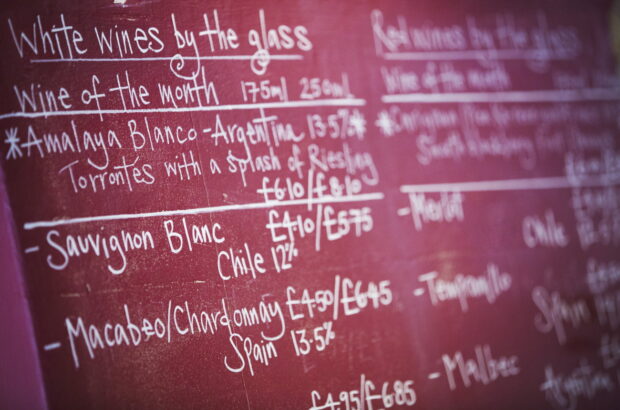South America 1991: Drink now
Weather Conditions
Climatically it is very difficult to differentiate this year from others here. Regional differences may have played a part, but what really makes the difference is the development made in vineyard and winery technology. For the first time, winery hygiene is a big issue in Chile, and water on tap has started to become the norm rather than the exception.
Best Appellations
Chile’s best regions begin to show greater diversification. Casablanca becomes more established, and the regions to the south of Maipo start to show greater potential. Sauvignon Blanc continues its triumphal march, attracting attention from buyers and consumers, and the first indications that Merlot could be big in Chile are seen. In Argentina, Mendoza and Salta are the only regions worthy of consideration.
Best Producers
As in the previous year, old money still predominates over the young and coming. Errazuriz shows promise with its red wines, particularly the Merlot. In Argentina, foreign investors are still not as attracted to Mendoza as they are to Chile. The big money is all going to Chile.







